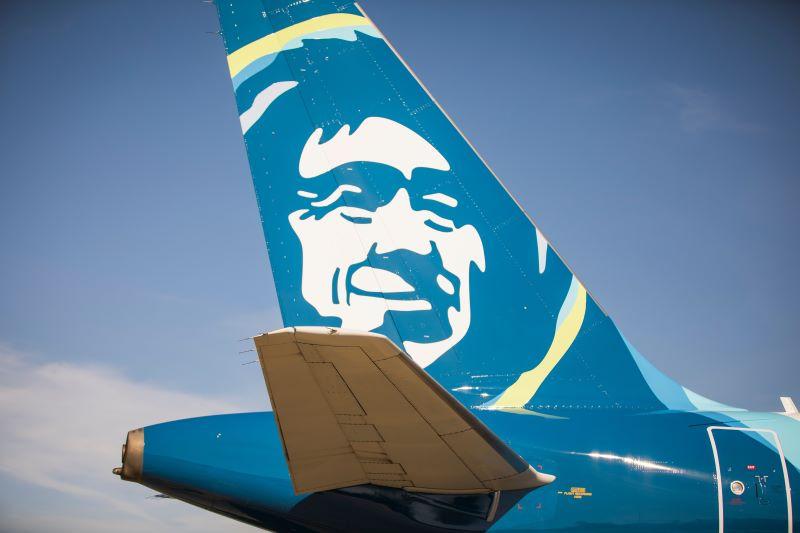
Credit: Alaska Airlines
Alaska Airlines and its regional subsidiary Horizon Air have launched a new flight academy in the Pacific Northwest, part of an effort to address a national shortage of commercial airline pilots. The new initiative—launched in partnership with Oregon-based Hillsboro Aero Academy—will create a new...
Subscription Required
This content requires a subscription to one of the Aviation Week Intelligence Network (AWIN) bundles.
Schedule a demo today to find out how you can access this content and similar content related to your area of the global aviation industry.
Already an AWIN subscriber? Login
Did you know? Aviation Week has won top honors multiple times in the Jesse H. Neal National Business Journalism Awards, the business-to-business media equivalent of the Pulitzer Prizes.
